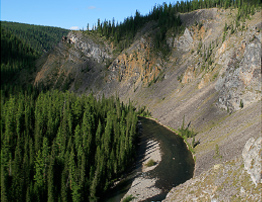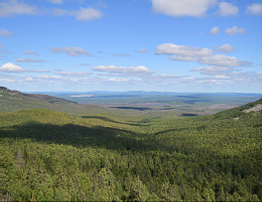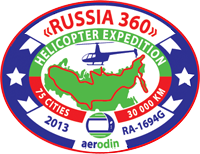Ground threats
Hypothermia
Even during summer, polar north is cold and windy area. Our crew will be equipped with all necessary clothes and survival tools. Nevertheless, we can’t underestimate the hypothermia’s factor, especially if part of the luggage will be lost or damaged due to some reasons.
Insects
During summer season, Kamchatka and Siberia are full of insects: flies, mosquitoes, ticks, gad-flies, etc. Our crew will have the proper protection and anti-mosquitoes net, but we can’t undermine this factor – especially, if the evacuation time will be long.
Bears
Wild animals are always dangerous for human. The most dangerous animal in polar north – is the polar bear. He is one of the most dangerous carnivores on Earth. It’s a big and treacherous animal. Another wild and dangerous animal of the Kamchatka and Siberia is the brown bear. Each year there are tens of lethal cases of brown bear’s assault of the human. Bears can feel the smell of food or person from the distance of 30 kilometers, and they can chase their prey for a long time. Flying crew care for the wildlife, and won’t take any active means, but for personal safety they will be having riffles, and currently running through the special training.
Food shortage
Food shortage is a real problem our crew might face, especially during long waiting for the rescue team. That can be a real danger, if happened in polar north or boreal forest. The crew will have packed lunches, enough for 2 persons for 4 days. They will be also equipped with fishing tackle and riffles. Yet these means are hardly useful in boreal forests and arctic regions, where one can only rely on the packed lunches.
Dangerous landing areas
Among other threats the flying crew might face, are dangerous landing areas and landing in special geographical points of Russia. These points has no specially prepared helicopter landing zones, they are located in hard-accessible areas, might be swamped, have dense vegetation, might be located over rocky or downhill surfaces… All such places require extreme caution and thorough calculations while landing and taking-off.

Mountains

Boreal forests

Swamp
Weather

Half of the expedition will take place over the dangerous and unpredictable polar north and arctic regions. These regions are known for bad weather and poor weather-forecasting level. In the past, these zones had a lot of weather forecasting and polar stations, they provided all the necessary information for the polar aviation about current weather and weather forecasts. Nowadays, there is no global weather report and surveillance system. There are rare and small airdromes, which usually don’t have meteorologists there. Moreover, there is no Internet connection in many areas of the route, which will create extra difficulties, because our crew wouldn’t be able to use weather forecast on-line sites. This means our expedition might be delayed by the weather condition in any part of the route – Yakutia or Chukotka, mountain region, without weather forecasts and without Internet connection.

